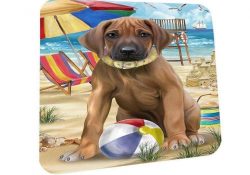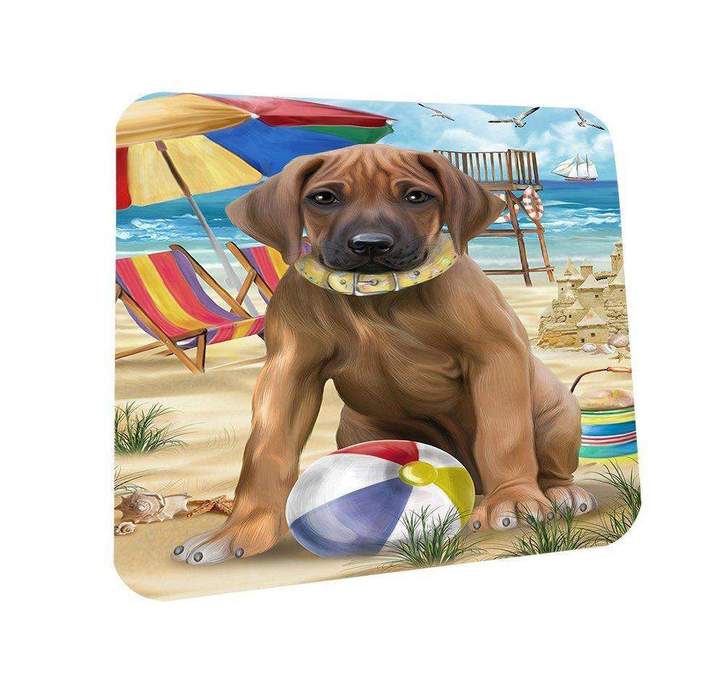Having an
aggressive dog can cause serious problems not just for the owner but to the dog
as well. He can attack someone at any time and cause harm. An aggressive dog
poses even serious threat when he is living around kids. The aggression can be
treated. In some cases, it can be cured completely but in other cases, it can
only be managed and controlled. The treatment completely depends on the factors
that trigger the aggression, type of aggression and the age of your dog. If you
are planning to live with an aggressive dog, you must consider the following
risk factors:
Causes of Aggression:
The causes of aggression differ from one dog to another. In some dogs it can be possession, whereas in others it can be a history of mistreatment. Some of the factors can be controlled and managed whereas it is not possible to manage others. If you can control the exposure of your dog to such factors, it can be safe to live with him. It can help you to control and reduce the aggression level in your dog. But if it is not possible to control the causes of aggression, living with such a dog can be very dangerous.
A Biting Dog:
You should seriously think about living with an aggressive dog that can bite someone. If your dog has a history of biting and you are planning to live with him, you must take all the precautionary measures until the aggression is cured completely. It is very important to ensure the safety of others living around him. Although it is not suggested but if your dog has never bitten anyone, it is comparatively safer to live with him.
Severity of Aggression:
If the aggression is severe in your dog, it can be quite dangerous to live with him. He can break at any time and can harm or bite someone. A dog with higher level of aggression can be very hard to predict whether he is just growling and showing teeth or if he is going to attack. He can attack even without showing any signs of it.
Meanwhile, you should visit Doggie of the Day Store It is one of the best stores available online that are offering high-quality products. Whether you are looking for dog painting, watercolor canvas, sketch or doghouse flag, ornaments, puzzle games, cushions, mugs and coaster sets, it can be the right place for you.






